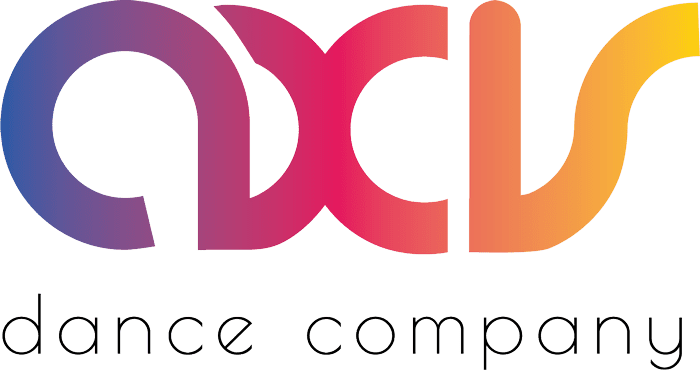This guide won’t tell you what to do. Instead, it will invite you to nest your thinking about access within ever-wider circles of experience, experimentation, and expertise. As you’ll find below, interest in access sprawls in the most glorious and challenging ways into an ongoing process of learning, trying, and trying again.
This is not a checklist. That’s because disability does not look one distinct way and each individual has unique access needs. This is no singular, complete framework or strategy or policy that you can adopt wholesale in your work. It is a guide to your own journey, something to reach for when you need help getting started or keeping going.
In this guide, you will find a series of principles about access tailored specifically for venues and presenters working in the fields of dance, movement, and performance. Each section contains an orientation, questions to ask as you contemplate your work, and resources as support for your discoveries.
Access is an evolving area of practice. Our questions serve and invite that evolution. Staying present with this process is how to begin to be in community with disabled artists.
Many of the resources we offer below have been created by disabled artists and organizers. Disabled people, long having been the natural experts in access and design, are being recognized as key partners in undoing the ableism that has shaped our worlds. The possibilities for consultation are opening new ways for disabled access workers to be paid fairly for their work. Consultation can also keep disabled expertise outside of sustainable institutional change.
It’s important to properly cite this document if you find it useful in your work. Cite the particular passage for others to find. Cite the many concentric circles that these passages live within. Cite as a way to draw others into this work. If you’re lost, find disabled access workers.
Please cite this document as: “Accessibility Presenting & Touring Guide,” AXIS Dance Company, Summer 2024.
We hope, too, that this guide might soon be out of date. That would indicate that evolution is happening and that, we hope, the field is generating its own analysis about the many ways to prioritize and cultivate access as a creative practice.
